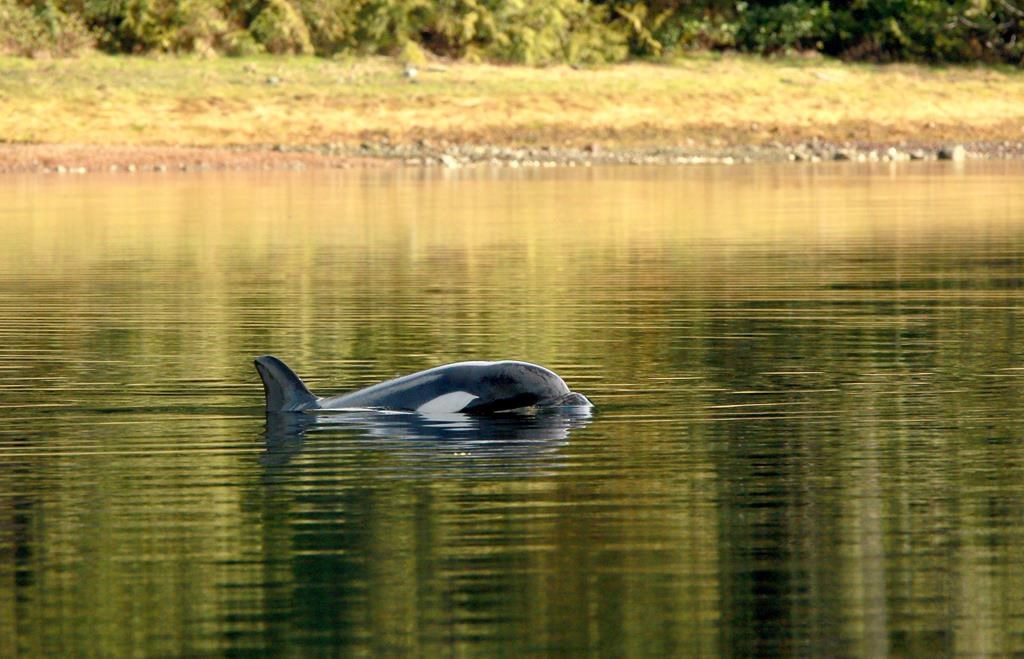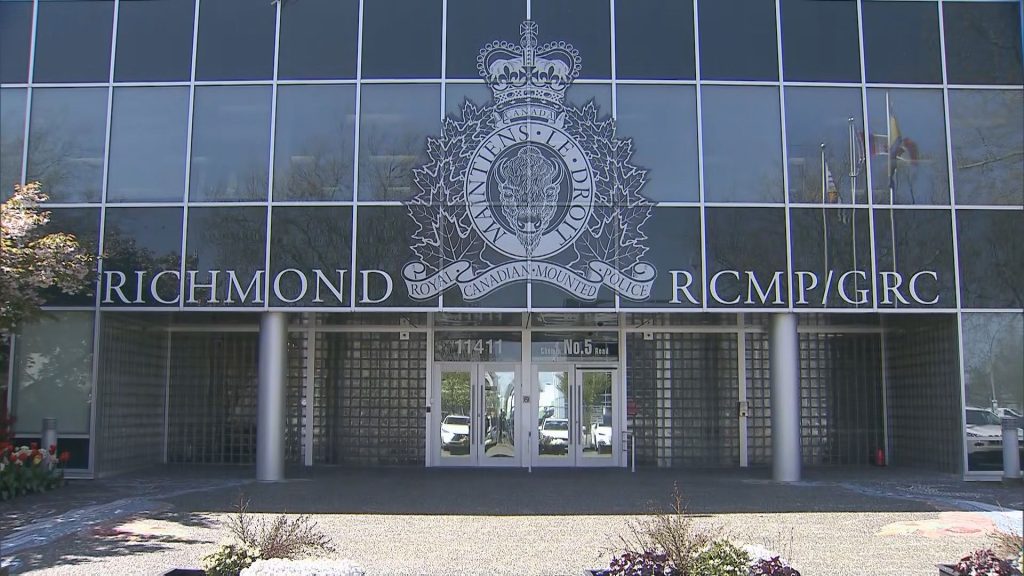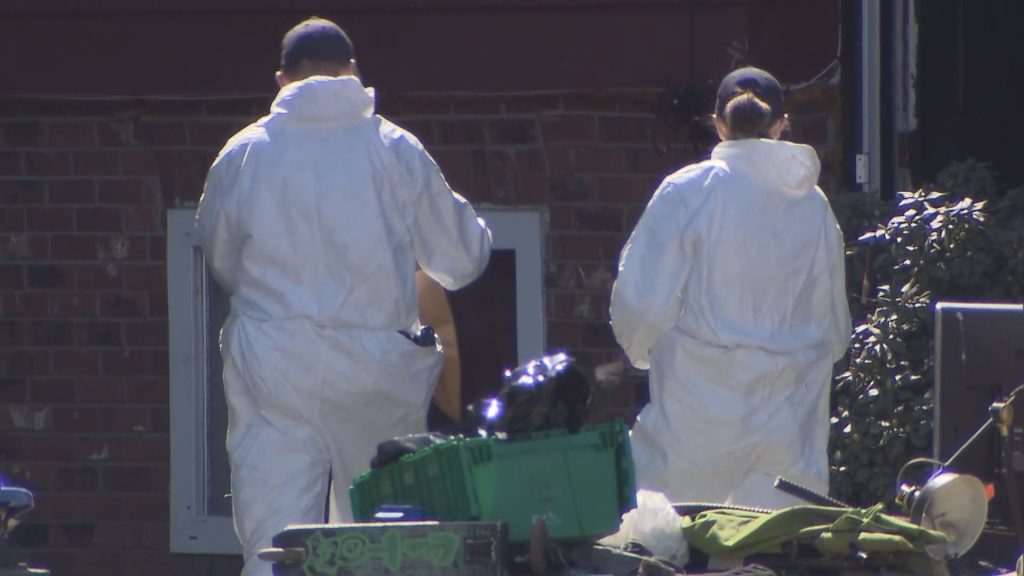The Big Story: ‘All of us need to learn to live with fire’
Posted August 27, 2018 9:25 am.
Last Updated August 27, 2018 9:26 am.
This article is more than 5 years old.
This year’s wildfire season in B.C. is the second worst in the province’s history, behind only last year.
More than 950,000 hectares of land has burned since April 1st. The situation has resulted in evacuation alerts and days of smoky skies in some areas. Is this the new summer norm? What, if anything, can be done to prevent wildfires on such a catastrophic scale?
Lori Daniels, forestry professor at UBC, explains to “The Big Story” podcast the mistakes that have been made when dealing with forest fires, and the simple, yet crucial steps that should be taken by both homeowners and the government to keep communities safe.
She says she’s hearing lots of concerns about the smoke. “Its impacts on their health and how it’s making them feel, with irritated eyes and sore throats. And the impacts on their breathing and their ability to go out… and not have it affect them negatively.”
“They’re also voicing their concerns about the tremendous impacts of the wildfires in the interior of B.C. Clearly, wildfire has captured our attention, maybe for all the wrong reasons. We’re here on back-to-back extreme wildfire seasons, breaking records in terms of the number of fires burning in every region of the province… over 50 fires of note — meaning they are nearby communities with visible smoke or putting communities at risk — requiring citizens to be on evacuation alert or order.”
She feels it’s “unheard of in the history of British Columbia.”
Daniels says there are many things we could be doing to reduce the risk of wildfire impacts on our homes and communities. “Now, if not yesterday, is absolutely the time for us to act.”
She has been watching temperature patterns over the last century. “Temperatures have been increasing in many areas, if not all areas, of British Columbia.”
“Precipitation is more variable. Over the full year, we’ve seen increases in preciptiation in some areas. In the southern half of the province, we see precipitation reducing and we’ve seen more rain and less snowpacks in the winters.”
Daniels notes those trends are expected to continue.
You can hear the full episode and subscribe to The Big Story podcast on iTunes or Google Play.
You can also hear it online at thebigstorypodcast.ca.
“Here’s the fact: Wildfires? We’re not ever going to be able to stop them from occurring,” says Daniels.
“In fact, we’ve spent decades trying to suppress all fires that start. In British Columbia, we’ve had a 92 per cent success rate over many decades. What that has meant — the unintended consequence — is that by putting out those fires, we’ve made large areas of our landscapes, literally millions of hectares, are consistent. They’re all mature forests. They all have similar vegetation, types and structures. So, now when fires burn… there are no natural fuel breaks on the landscape.”
She explains if we let fires burn, they change the amount of fuel in the forests. “They change the structure of the forests and the composition. So as fire burns, it might be hot and fast in some areas. But then it hits an area with a past fire, where the fuels are different — the forest structure is less burnable.”
She thinks wildfire isn’t an issue that only affects us in British Columbia. “We have forests that surround our communities across our nation. We have home owners and cottage owners who are surrounded by forests. All of us need to learn to live with fire.”
“We need to understand the ecosystems that surround us, understand how they are fire prone, and the conditions under which they are likely to burn. We need to understand that all of us need to be fire smart.”
That includes home owners ensuring there isn’t any debris on their roofs that could burn, in the event of a spark. “Removing burnable debris and vegetation from immediately surrounding your home, making choices like not stacking your firewood next to your house — which is the kindling for your house fire.”
Related articles:
Fighting fire with defiance: Some stay home in B.C. to protect homes, property
Farmers defy evacuation orders, alerts, to protect homes from 85k hectare wildfire
A B.C. First Nation fights to save their community from a wildfire
Daniels feels cities and towns need to do a better job of assessing forest fuels. “The burnable vegetation in the forests or immediately surrounding their community. We need to look at how much burnable material is there. How dense are the trees?”
She says oftentimes, communities should cut and thin forests. “Remove the small trees that act as ladders, connecting burnable material on the ground. When you have small and intermediate trees, they can conduct fire from the ground up into the canopy of the trees.”










